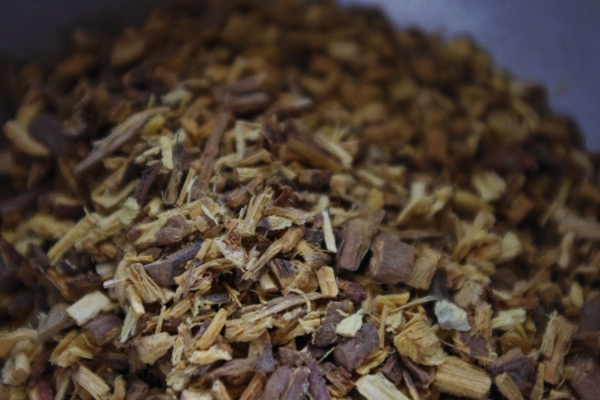Preparing the Herbal Medicine Cabinet for Winter

The other day I added some extra thyme to my husband’s chicken soup to help with the chest congestion he was having. His response: "This stuff is awesome and I think it’s really helping. We need to grow it!"
I smiled and said "That jar holds the last of the dried thyme we grew up in Michigan and we have thyme seeds right over there." Maybe if we can keep the chickens and grasshoppers out of our garden those seeds might become medicine and food.
It never ceases to amaze me how powerful food-based medicine really is and how incredibly skeptical people are of it. I believe part of that is ignorance, part of it is fear, and part of it is a lack of desire to truly be responsible for your own health.
.jpg)
What people don’t realize is that many pharmaceuticals actually start in the herbal medicine world. Unfortunately, most of these drugs are highly refined and don’t take into account the plant as a whole and end up doing more harm than good. Man tends to try to improve upon something that can’t be improved upon and then really creates a ruckus.
That’s why I like to be prepared with some tried and true remedies for those wintertime ailments. Better yet, I like to focus on prevention through nourishment. For both cases I shared how I am preparing the herbal medicine cabinet for winter in one of my recent articles at Saving Naturally.
We may not be able to grow all of these things yet, or others that can take their place in a sustainable way, but I’m always happy to start the learning process so that we know what to do when the time comes.
What’s in your herbal medicine cabinet?




Totally agree! Great post. I have noticed a huge difference in my immune system and how my body fights illness when I change the way I eat and supplement when needed. God made our bodies so perfectly!
Aaah the remedies stash,
my favorite 🙂
There always has to be thyme, sage, rosemary, bay leaf, cayenne pepper etc in the house. Also active coal (that’s how we call it, or carbon coal), Cantarion oil, homeopathic remedies for pain relief and injuries, ehinacea, tea tree and other essential oils, propolis tincture, raw honey, apple vinegar, ginger, cinnamon…I could go on for days! I’m also not growing or making all these by myself, but recently I found this old lady who makes great tinctures and essential oils, and she’s willing to teach me, so I’m looking forward to this. I think it’s essential for people to have this knowledge, and to be able to cure themselves and others naturally.
We also use lot of elder flower homemade syrup. We have loads of elder bushes in our forest. Such a blessing!
Do you have a reference book to look up what to use when? I’m trying but I find myself hopelessly confused and would love some kind of guide on hand!
Heather – A few books I really like are ABC Herbal and anything by Rosemary Gladstar – she is excellent.
Hello Shannon,
May I ask if this is just ordinary thyme. I have some thyme growing but it has a distinct spearmint or slightly peppermint fragrance to it. Would this do the same job.
Blessings gail
Gail – I have used “common” or “english” thyme from our garden as well as a lemon thyme that I purchased from Mountain Rose Herbs. Both seemed to work well. Does your thyme taste like thyme or mint? 🙂
Right with you on Winter prep. I have been pulling and tincturing my fresh Holy Basil, Gotu Kola, Dandelions, Marshmallow and Jiaogulan over the last month or so.
Winter comes late here in North Texas, but we will get some hard freezes, so I’m preserving everything I can from the still thriving medicinal goodies.
Just posted a primer on herb tincturing for anyone that’s interested.